WBS template
2016-07-14 | Documents | No Comments
2016-07-14 | Documents | No Comments
2016-07-06 | ALL, Time management | No Comments
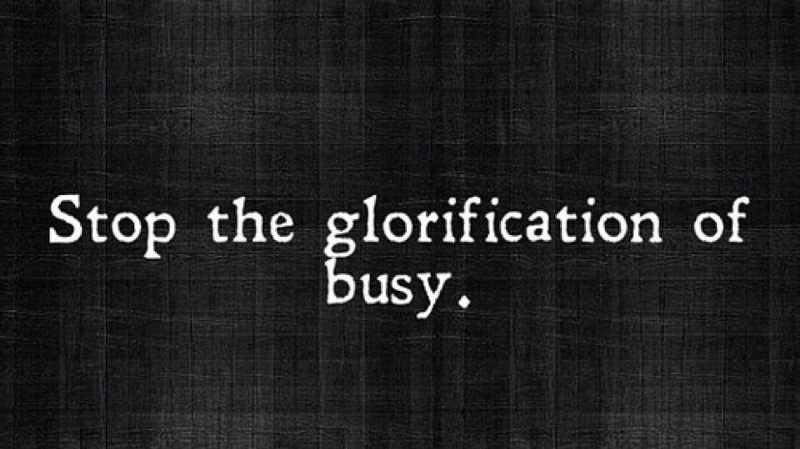
Time management is one great topic that people keep forgetting about. As human beings it is in our nature to be different. We love different things, we have different passion about different subjects, we want to live a life full of emotions, with high expectations, fulfillment and personal satisfaction.
Yet, most of the people struggle to figure out their personal and professional lives by sticking to the well known “I don’t have enough time” excuse for a certain activity.
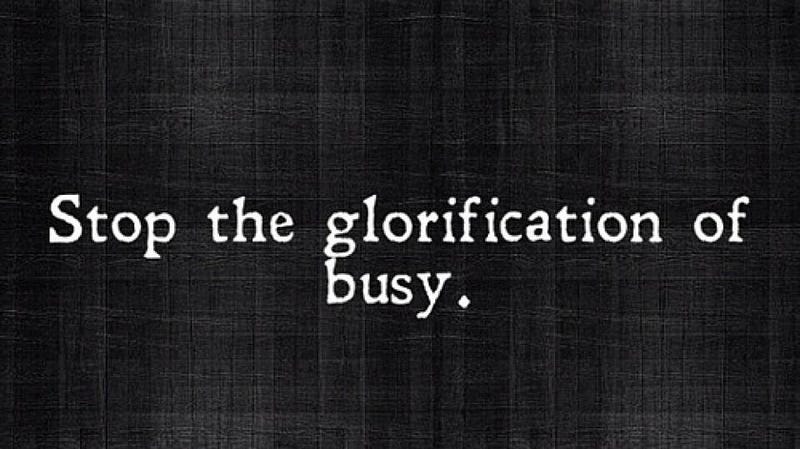
This is the result of the lack of knowledge in time management. If you have wondered, how the people who you admire manage to “have time” to do everything — you will find the answer in educating yourself in time management.
The ability to use one’s energy effectively or productively, to achieve a certain goal.
In most of the books and coaching materials you will find as recommended, time management is defined as effectively utilizing your personal time to achieve a certain goal. There is a small gotcha it the definition…
… We have 24 hours available per day, but every day we don’t have equal amount of energy. As such, we are not able to be evenly effective every day. This brings us to the point that we should focus on managing our energy rather than our time.
Let’s learn how we can get the best of ourselves.
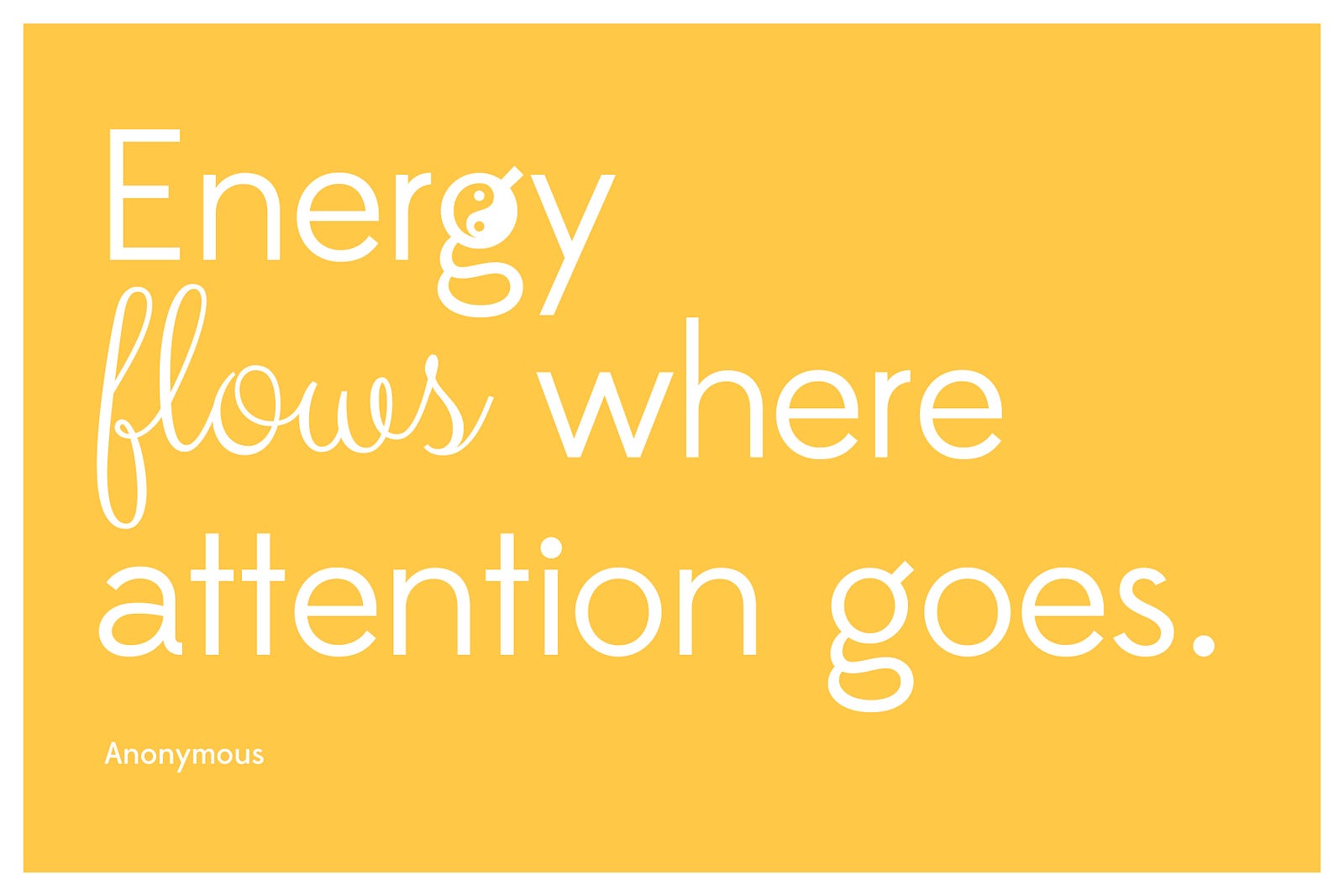
We can reach our desired goals, we need to first plan our work and then work our plan.
Planning starts with discovering and forecasting of a certain group of actions that we need to do in order for the desired goal to be reached.
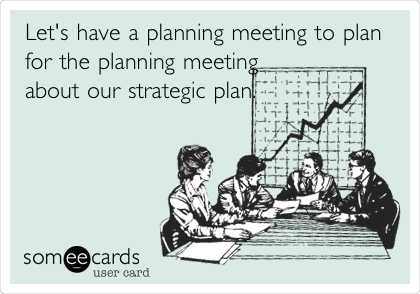
As an example let’s simulate with a proper use-case — House renovation.
You have decided that it is time to make your place more pleasant for living. Time is right, budget is good— overall great conditions for house renovation.
As part of the planning phase, first we need to get enough information in order to get prepared for the planning phase.
Always ask questions which will lead you to valuable answers
The answers to the questions should enable you to get the whole picture. Until you get there, you need to continue asking.
Coming back to the house renovation we’ve researched that we want to do the following changes to our home:
Focus on small victories to win the final battle.
This brings us to the point that we can break the tasks into a smaller group of sub-tasks.
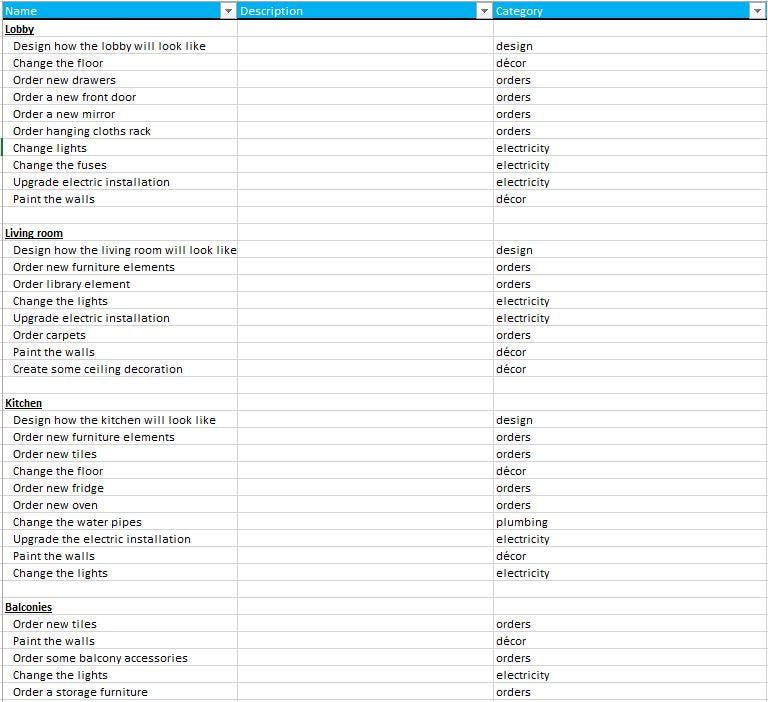
Click here to download the sample template.
Once the group of actions has been discovered, defined and written down , next step is to estimate the total amount of time and money we are going to need to accomplish our goal.

Estimation is a forecasting process of rough quantification of the quantity of resources we are going to need in order to accomplish a certain activity.
A resource can be: time, money, energy…
Resources like personal time, energy and budget aren’t infinite. Knowing what’s it gonna to take is a must if we do plan to make a certain goal reached.
Knowing how to estimate is a skill like everything else. You start as a beginner and improve upon it based on your previous experience and reflection.
This skill will help you to get a better sense of your personal time and energy.
Creating an estimate is consisted of two parts:
We’ve already defined our list of actions, now lets write down our working process.
In our example for the purpose of renovating our house the process is consisted of:
We have to understand our working process in order to forecast how much resources a certain action item is going to utilize in each phase.
For example:
Let’s estimate how much time we are going to need to renovate our lovely home.
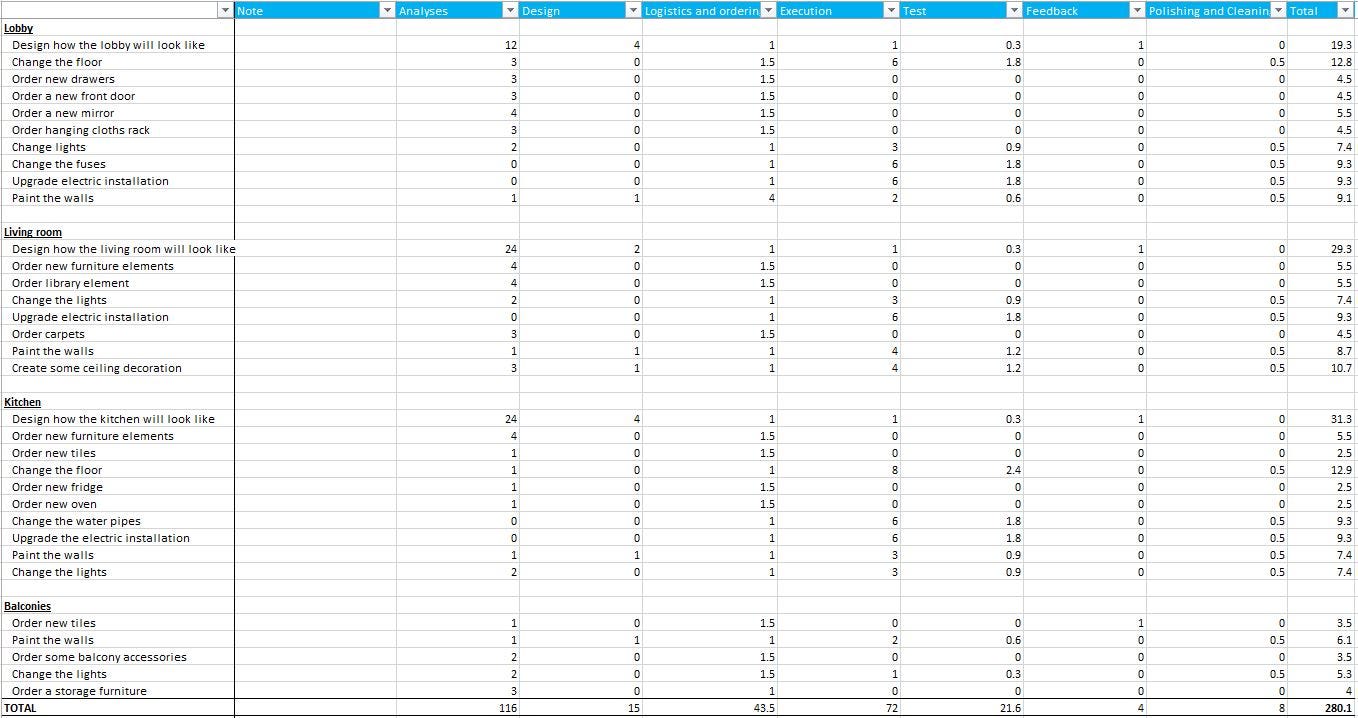
Click here to download the sample template.
We will forecast how much time we are going to need in every phase of the process:
The total amount of resources we are going to need will be the sum of the totals of each of the action items
Now, let’s calculate, based on the start date, when we are going to finish our home renovation.
Assuming that one business day is consisted of 8 hours. If we decide to start today — 2016–07–16, when we are going to finish our home renovation?
280 hours / 8 = 35 days? — We should be done by 2016–08–20, right?

This is were energy and effectiveness comes into consideration. We need to be fully aware on how much work in average we can do per day. If the business day is 8 hours, for the actual work we are using 5–6 hours. Rest of the time we are using it to learn something new, to read some content on the internet, social media, discussing with our colleagues…
Now back to the calculation:
280 hours / 6= 47 days? — We should be done by 2016–09–01.
As we can see, the mistake we’ve made in our assumption is equal to 12 days.
If we try to think how often we underestimate, we will see why most of the plans are failing. Underestimation as a mistake often leads us to different kind of resource issues (budget, time…), and normally this results in plan’s failure.
If you do not have any experience in the field, first do your research, discuss with others who have experience in the field and then try to compose your own estimation. Once you have your own estimation written down, consult with a professional to provide you with his estimate. Compare and consult with the professional to understand the difference.
On the other hand, If you plan to improve your estimation skills in your current profession, always track what you have estimated and what was the outcome in the end. This will give you a better picture on where your mistakes are and what you need to correct for the next estimation.
As soon as you are feeling comfortable with your estimation, next important step is to focus on setting the right priorities, mapping the dependencies between the action items and group them to speed up the work.
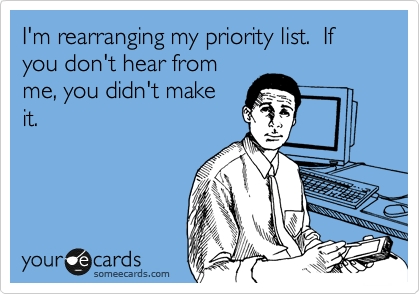
Prioritization can be done based on urgency. If we are desperate about a new kitchen, we should start from there.
We will try to discover all of the action items that needs to be done so the professionals can do their job. (Choosing color, tails, creating a design).
Once we set the dependencies, we will group the action items to speed up the work. If we need one hour to buy a fridge and one hour to buy an oven, we can group those action items and once we are in the tech-market we can buy both of them in one hour. This will give us one additional hour to use it for another action item.

Click here to download the sample template.
It is time for some action…
Prepared with a plan we are one step closer to reaching out goal — our renovated lovely home!
Plan is mandatory but execution is the key
Before starting to do the actual work we have to set up a certain system in place which will allow us to measure, track and overview the progress.
Having a system in place will help us to avoid a deviation of the plan and will help us to prevent and react about potential issues as the plan progresses.
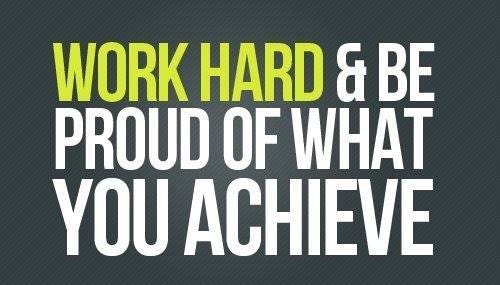
Having said that, a minimal requirement of such system should allow us to:
There are plenty of tools out there, both professional and generic, to support you in your goal execution. To name a few: Trello, Asana, Basecamp…
For the purpose of simplicity and to get a sense running the execution, we will roll out with Trello.
Trello is a web-based project management application originally made by Fog Creek Software in 2011, that spun out to be its own company in 2014.
— Wikipedia
I wouldn’t go into details on how to start with Trello. There is a great getting started documentation which will guide you to the basic examples and usage of Trello.
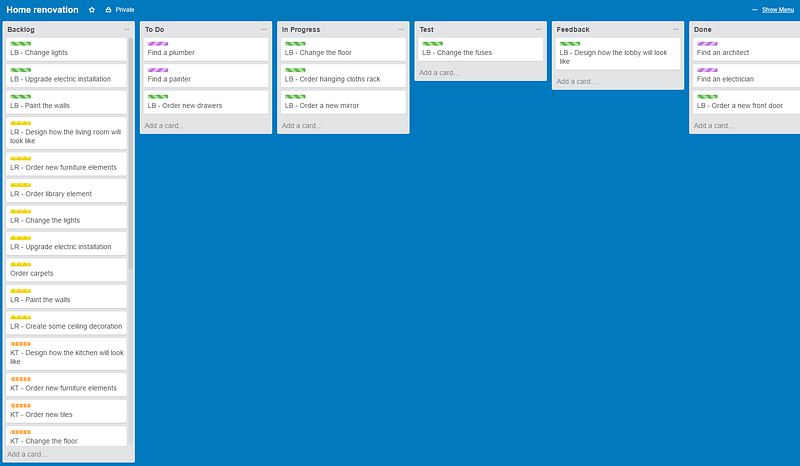
Remember the statement above related to the small victories? — Lets start!
We are going to define what action items we are going to focus on in the following week. Since we have 40 hours(read 30 hours productive time) available per week, we will map which action items we are going to focus on per week based on the action items priority and dependency.
Week 1:
Week 2:
Week 3:
In other words, define your battles and define what do you want to achieve in the following week.
To get a sense of the progress, you will need to communicate. As good questions leads to valuable answers, here is a list of question which are going to be useful while trying to reach your goal:
All of the answers should be written down so later on you can reflect and learn from your past mistakes. This is the process of transforming your mistakes into experience.
Click here to download the sample template.

As we are coming to an end from this article journey, I would like to shortly sum up the know-how we are going away with from the article:
In case you’ve missed the download links for the document templates above, feel free to download them from the links bellow: